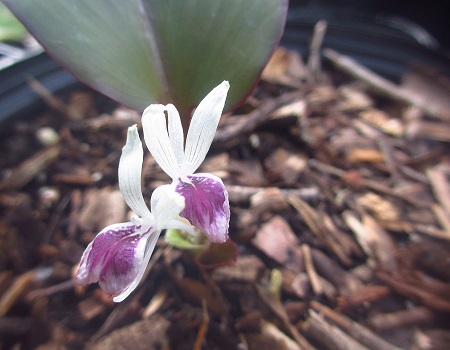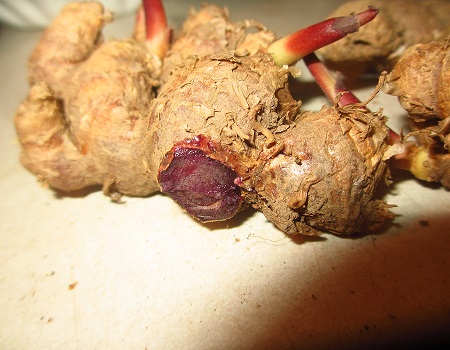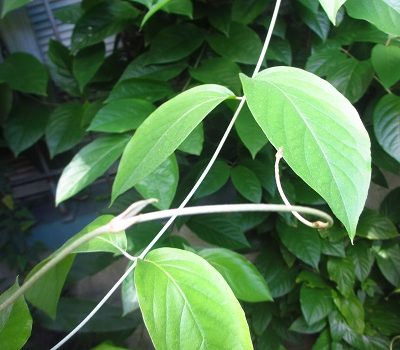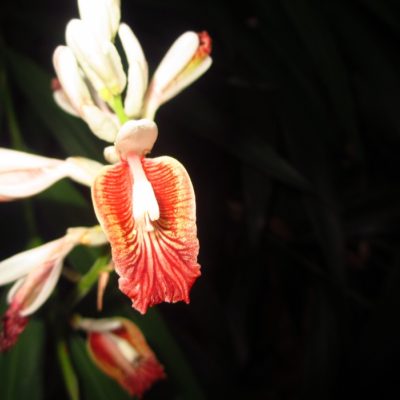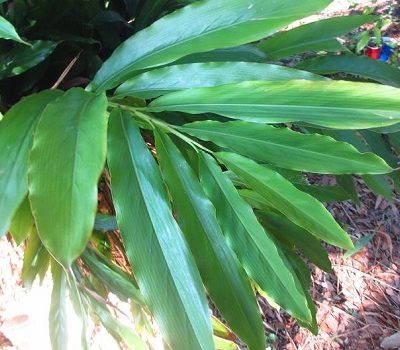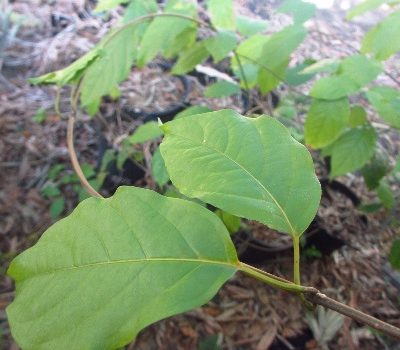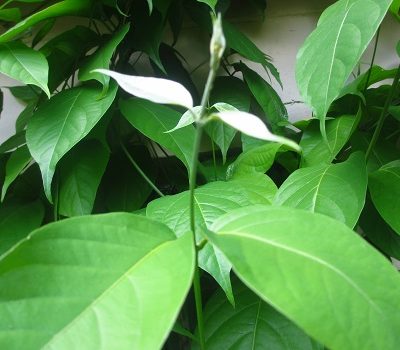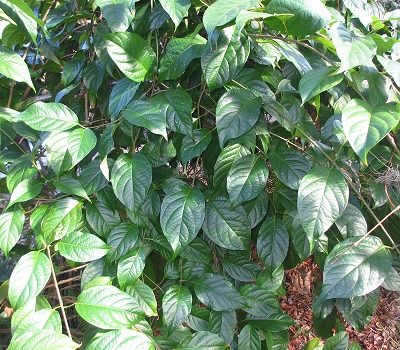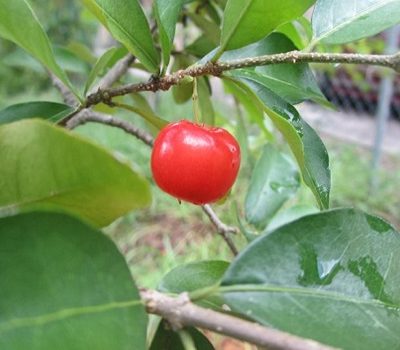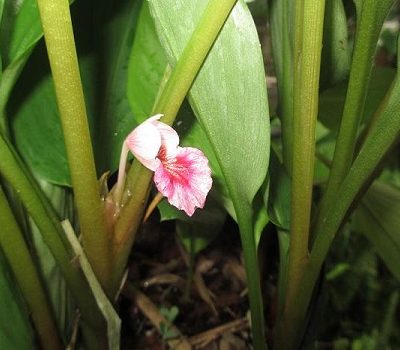Kaempferia parviflora is an herbaceous plant in the family Zingiberaceae, native to Thailand. Kaempferia parviflora has been the subject of increased scientific interest in recent years. In a systematic review in 2016, 683 records and 7 studies were analyzed, with a reference that krachai dum significantly increased hand grip strength and enhanced the response to sexual erotic stimuli. (1.)
It is believed to naturally & Safely Boost Testosterone.
Black Galangal is purported to have many interesting properties and the one of the most interesting being sex enhancement and rejuvenation. Black Ginger has been shown to contain PDE5 inhibitors, which act similarly to Viagra, reputedly giving it the ability to enhance sexual performance by increasing blood-flow to the testis and stimulating dopaminergic functions in the hypothalamus. Furthermore, Black Ginger is presumed to increase sperm count and increase health through its Adaptogenic activity, reducing triglycerides.
Origin
Thailand, Cambodia, Bangladesh
Family
Zingiberaceae
Binomial nomenclature
Kaempferia parviflora
Common names
Black Ginger, Black Galangal, Black Turmeric, Krachai dum
Description
Black Ginger is a stemless rhizome forming herb that can reach up to 20 cm tall. The rhizomes are small and of deep purple colour, thus inspiring the name black ginger. Leaves are 8-16 cm long, thin, rounded at the base, plain green. The leaf-stalk is short and channeled. Flowers are few in a stalkless central cluster. The bracts are 2.5 cm, lanceshaped and green. The calyx is longer than the bract. The flower-tube in 3 cm long; segments are greenish, 1 cm long, upper ascending and rather concave. The lip is 0.75-1.0 cm, somewhat notched with the anther-crest blunt and broad as the long. Black Ginger is native to Bangladesh, Cambodia, Myanmar, Thailand.
Height
12 inches.
Temperature/Zone
zone 9b, 32°F. This plant prefers humid conditions. It goes dormant in Winter. The tubers can be dug up and Wintered in a paper bag, anywhere in the USA.
Light
Part sun to shade.
Water
Keep them evenly hydrated while they are growing, but allow them to dry out completely while they are dormant. If they are too wet while they are dormant they can rot.
Fertilizer
It is important to supply them with phosphorus. Phosphorus is what allows them to grow a larger tuber. Since they grow a new tuber each year, this is largely what determines the size of the plant in the following year. I use a 1/4 strength liquid fertilizer, formulated for tomatoes on these.
Cultivation
Plant the tuber in very rich, well draining soil.These are not appreciably different from growing any other members of the genus Kaempferia. The clusters of pseudostems can be slpit up to propagate teh plant, or you can cut up the dormant rhizomes.
Pests
I have not found any pests to be a problem for this plant in Florida.
Back to Gingers
references:
1. Saokaew, S; Wilairat, P; Raktanyakan, P; Dilokthornsakul, P; Dhippayom, T; Kongkaew, C; Sruamsiri, R; Chuthaputti, A; Chaiyakunapruk, N (2016). “Clinical Effects of Krachaidum (Kaempferia parviflora): A Systematic Review”. Journal of evidence-based complementary & alternative medicine

